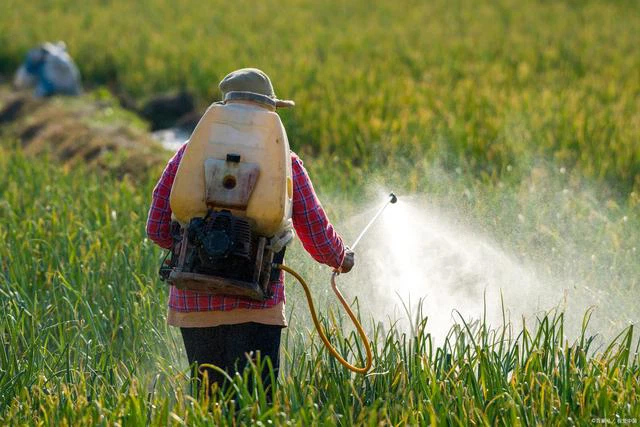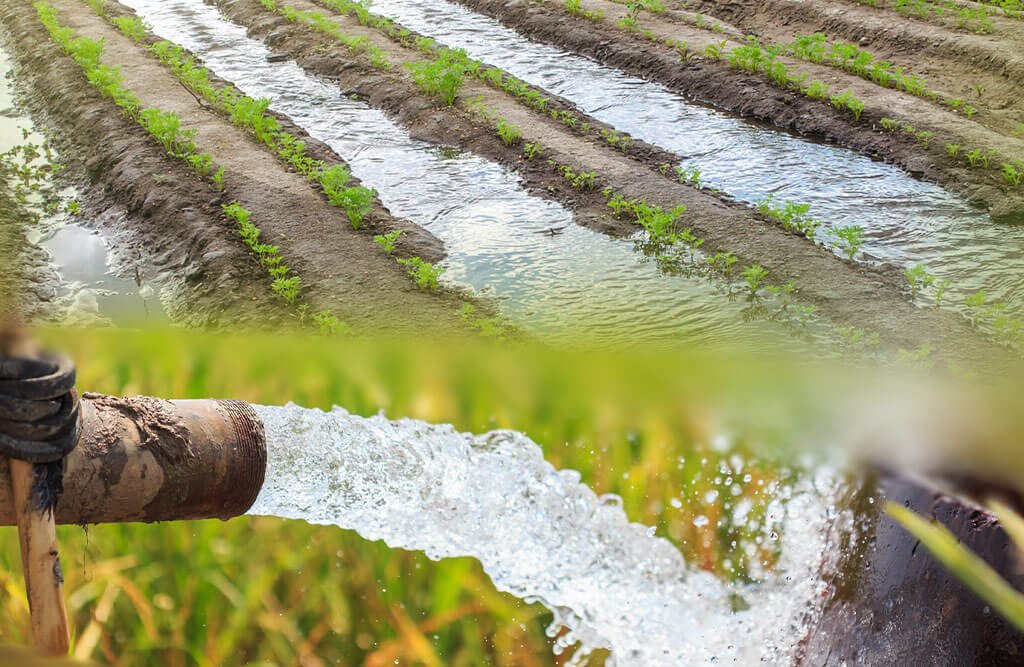Introduction
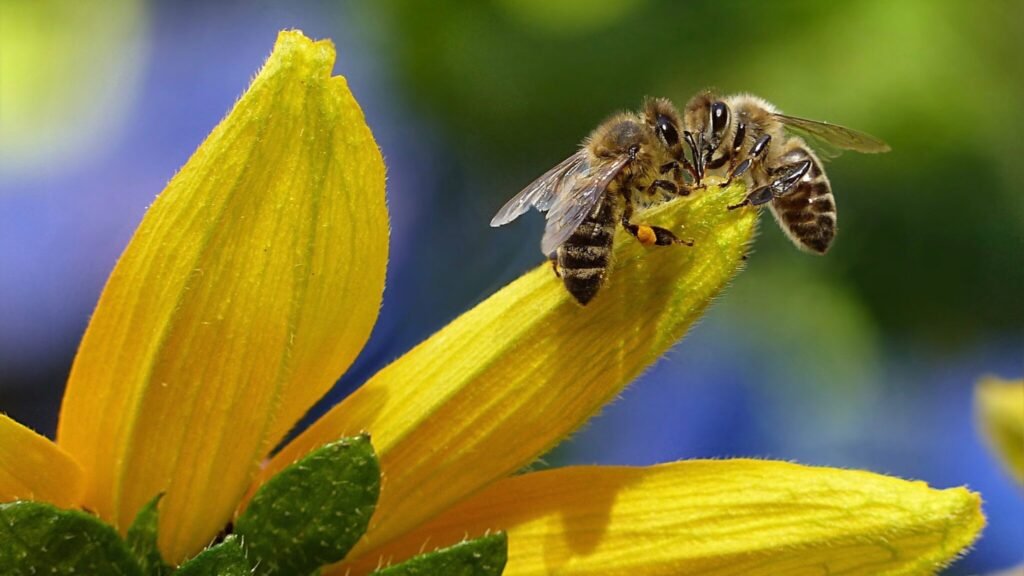
Biodiversity in Pest Control plays a vital role in Biodiversity pest control, significantly influencing agricultural productivity and ecosystem health. Diverse ecosystems provide habitats for a variety of organisms, including natural predators and parasites that help regulate pest populations. This article explores the importance of biodiversity in managing pests and diseases, highlighting recent research findings and practical implications for sustainable farming practices. By understanding the relationship between biodiversity and pest control, farmers can implement strategies that enhance ecosystem services and reduce reliance on chemical pesticides.
The Role of Biodiversity in Pest Control
1. Enhancing Natural Enemy Populations
Biodiversity in Pest Control supports the presence of natural enemies—organisms that prey on or parasitize pest species. A study published in the Journal of Applied Ecology found that maintaining plant diversity both on and off farms improves communities of natural enemies, leading to more effective pest control. Specifically, habitats with a higher proportion of woody vegetation were associated with increased populations of beneficial insects, such as ladybugs and parasitoid wasps, which are crucial for controlling pests like aphids and caterpillars 1.
2. Diverse Landscapes Promote Ecosystem Resilience
Complex agricultural landscapes with a mix of crops, hedgerows, and non-crop habitats foster higher Biodiversity in Pest Control. Research indicates that diversified landscapes hold significant potential for conserving biodiversity and sustaining the pest control function. In studies reviewed, natural enemy populations were found to be higher, and pest pressure lower, in complex landscapes compared to simpler ones 2. This diversity enhances the resilience of ecosystems, allowing them to better withstand disturbances such as pest outbreaks or environmental changes.
3. Reducing Pest Pressure through Habitat Diversity
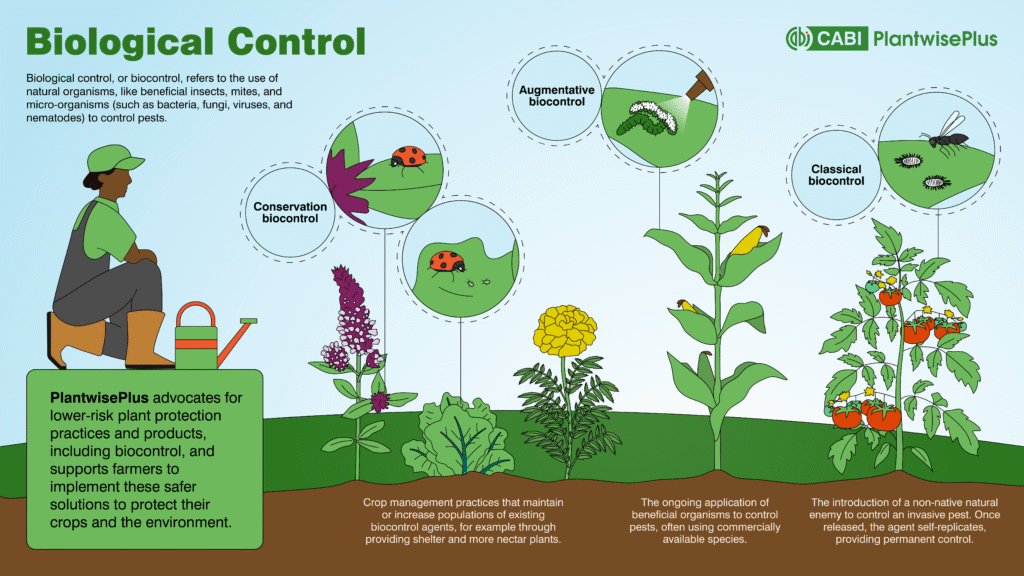
The presence of various plant species creates habitats that support a wide range of beneficial insects. For instance, flowering plants provide nectar and pollen for pollinators and predatory insects alike. A study highlighted that farms with greater plant diversity encouraged more species of pollinating and pest-controlling insects to thrive, ultimately leading to improved crop yields 6. By promoting habitat diversity within agricultural systems, farmers can enhance the effectiveness of natural pest control mechanisms.
4. Conservation Biological Control
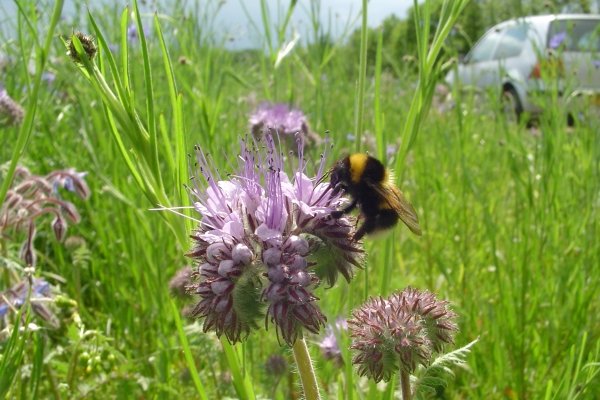
Conservation biological control focuses on enhancing populations of beneficial insects through habitat management. By creating environments that support these natural enemies—such as leaving areas of diverse vegetation undisturbed—farmers can boost biological control services without relying heavily on chemical interventions 35. This approach not only improves pest management but also contributes to overall ecosystem health.
5. Addressing Urbanization Challenges
Urbanization poses significant threats to Biodiversity in Pest Control and natural pest control services. Studies have shown that urban areas often experience higher populations of sap-feeding pests due to reduced numbers of natural enemies 5. To mitigate these effects, implementing nature-based solutions—such as maintaining green spaces with diverse plant species—can help restore insect communities and their ecological functions.
Conclusion
Biodiversity in Pest Control is essential for effective natural pest control in agricultural systems. By fostering diverse ecosystems that support populations of beneficial insects and other natural enemies, farmers can enhance their pest management strategies while promoting sustainability. As agriculture faces increasing pressures from pests and environmental changes, recognizing the importance of biodiversity will be crucial for developing resilient farming practices that ensure food security and environmental health. Call to Action: Explore ways to enhance biodiversity on your farm—consider implementing practices that promote plant diversity and habitat conservation to improve natural pest control!
Q&A Section
Q: How does Biodiversity in Pest Control contribute to natural pest control?
A: Biodiversity supports the presence of natural enemies that prey on pests, enhancing their populations and improving overall pest management.
Q: What are some practical ways to increase Biodiversity in Pest Control on farms?
A: Farmers can increase biodiversity by planting cover crops, creating hedgerows, incorporating flowering plants for pollinators, and practicing crop rotation.
Q: Why is conservation biological control important?
A: Conservation biological control enhances beneficial insect populations through habitat management, reducing reliance on chemical pesticides while improving pest management.
Resources
- Biodiversity Boosts Natural Pest Control – The Organic Center
- Landscape Composition and Natural Pest Control – PubMed
- Ecological Pest Management – Xerces Society
- Urbanization Reduces Natural Pest Control – INRAE
- Biodiversity Boosts Crop Pollinators and Pest Controllers – Mongabay


